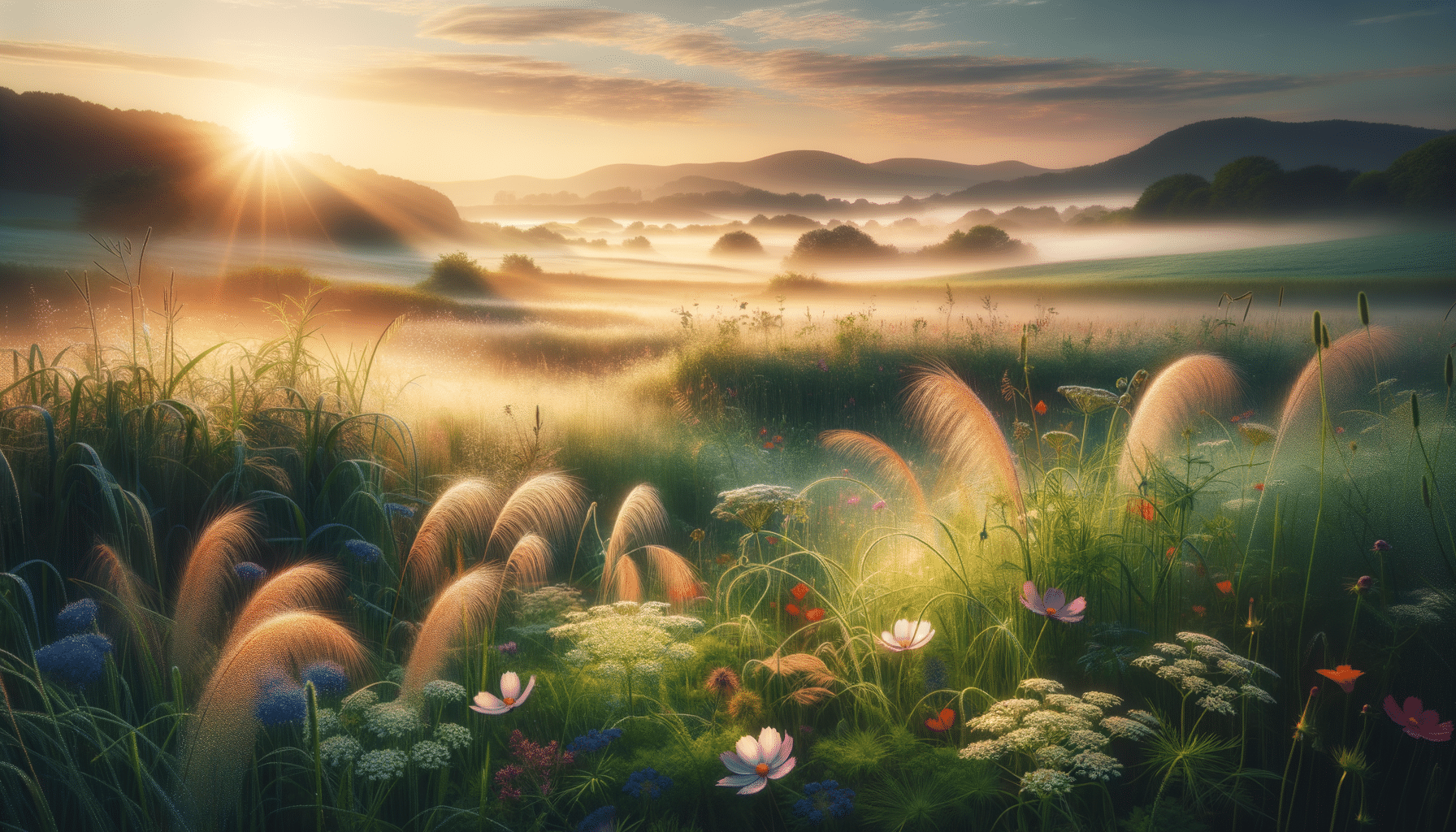
The Art of Food Photography: Capturing Delicious Moments on Your Travels
Food photography is more than just snapping pictures of your meals; it’s about capturing the essence and story behind each dish, especially when you’re traveling. Each photo can tell a tale of culture, tradition, and the passion that goes into creating culinary delights.
The Art of Food Photography
When traveling, food photography becomes an essential part of documenting your journey. It’s not just about the food itself, but the ambiance, the people, and the stories they tell. According to renowned photographer Penny De Los Santos, “Photographing food is about more than the dish; it’s about the experience behind it.”
Understanding Cultural Context
Each dish has a cultural context that can be captured through photography. Research from the Culinary Institute of America highlights the importance of understanding the story behind the food, which can enhance the impact of your images.
Personal Anecdotes
On my recent trip to Italy, I found that speaking with local chefs and learning their stories added a rich layer to my photographs. For instance, a simple photo of pasta becomes much more compelling when you know it’s handmade by a family using a generations-old recipe.
Actionable Tips for Capturing Delicious Moments
- Natural Lighting: Use natural light whenever possible to bring out the vibrant colors and textures of the food.
- Composition: Employ the rule of thirds to create balanced and engaging photos.
- Angles: Experiment with different angles. Overhead shots can be effective for flat dishes, while a 45-degree angle might work better for layered foods.
- Focus on Details: Capture the intricate details like the steam rising from a hot dish or the glistening glaze on a dessert.
Comparison Table: Smartphone vs. DSLR for Food Photography
| Feature | Smartphone | DSLR |
|---|---|---|
| Portability | High | Low |
| Image Quality | Good | Excellent |
| Control | Limited | Extensive |
| Cost | Low | High |
| Learning Curve | Easy | Complex |
| Flexibility | Low | High |
| Lens Options | Fixed | Interchangeable |
| Low Light Performance | Moderate | Superior |
FAQ
How can I improve my food photography skills?
Practice consistently, study professional photographers, and experiment with different styles and techniques.
What is the best time of day for food photography?
The golden hours of early morning or late afternoon provide soft, natural lighting that is ideal for food photography.
Conclusion
Food photography on your travels is a rewarding way to capture and share the cultural and culinary experiences you encounter. By understanding the context, practicing your skills, and utilizing the right tools, you can create images that tell a story and evoke the delicious moments of your journey. So next time you travel, grab your camera and let the world see the stories behind the food you discover.


